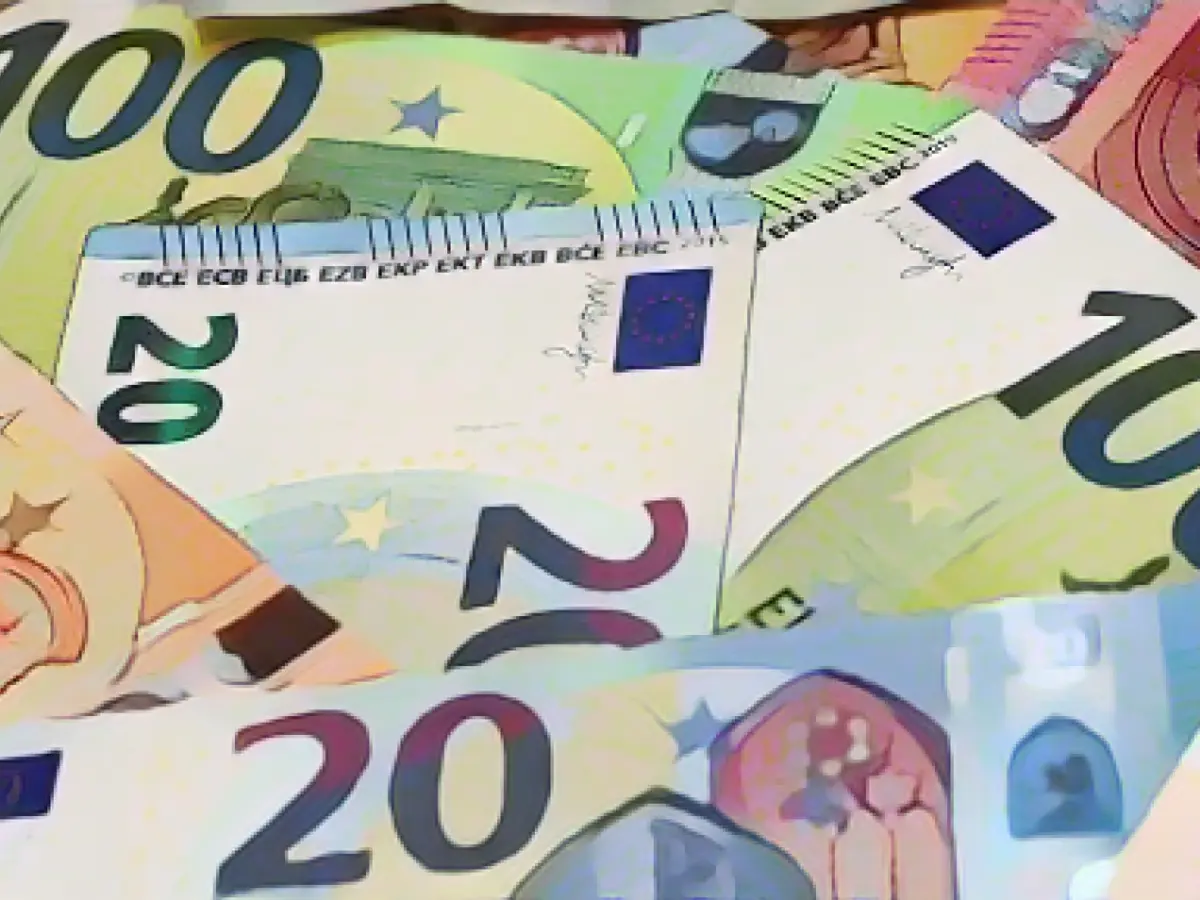EU Commission Approves Billions for Eco-Friendly Steel Transformation
The European Union's (EU) Commission has greenlit a major financial boost for the environmentally-friendly transformation of the Saarland steel industry, set to provide 2.6 billion euros in government funding. The project aims to shift from reliance on fossil fuels like coal and coke to hydrogen in steel production, with the aim of producing 3.5 million tons of low-CO2 steel annually in Saarland starting from 2027, saving 4.9 million tons of CO2 in the process. Over 14,000 people work in the Saarland steel sector.
Two-thirds of the steel production in Saarland will be converted initially using innovative types of blast furnaces scheduled for operation in 2027, as revealed by the Federal Ministry of Economics. The initiative will bolster the EU's hydrogen strategy and the 'Green Deal' climate plan, as announced by the Commission. The state aid will help sever dependence on Russian fossil fuels and propel the green transition even further. The European Union aims to achieve climate neutrality by 2050 with the 'Green Deal', which encompasses measures in sectors such as energy, transport, industry, and agriculture.
The German federal government will contribute approximately 70% towards the 2.6 billion euro funding bucket, with Saarland providing the remaining 30%. The steel industry anticipates that the conversion will require a total investment of 3.5 billion euros. The German Federal Minister for Economics and Climate Action, Robert Habeck (Greens), committed the funding over a week ago during a visit to Saarland, confirming the EU Commission's approval.
The next step is to facilitate the national funding decision, as announced by the Ministry of Economic Affairs. "This is terrific news for industrial transformation in Saarland and Germany as a whole," said Habeck.
Saarland's Minister-President Anke Rehlinger (SPD) hailed the development as "good news from Brussels." "The climate-friendly restructuring of the steel industry commences in Saarland," she said. "This is not only a milestone for the industry and the environment but also the foundation for building a robust hydrogen economy in the region."
The CEO of Stahl-Holding-Saar, Stefan Rauber, welcomed the decision, positioning the Saarland steel industry as pioneers in green steel production within Germany and Europe, stating that their plans lay the groundwork for advanced green steel production in Germany and Europe.
Notably, this marks the third time that decarbonization of a steel location in Germany has secured EU Commission support using hydrogen, following projects in Salzgitter AG and Thyssenkrupp Steel Europe. The approval process for ArcelorMittal's hydrogen-backed initiatives at Bremen and Eisenhüttenstadt sites remains ongoing with the EU Commission.
Local Sources:
Additional Insights:
Steel has been a critical component of Europe's industrial heritage, but its production processes have contributed significantly to European carbon emissions. The EU's 'Green Deal' initiative acknowledges the pivotal role of steeling in the green transition, setting ambitious targets to decarbonize the industry by 2030 and achieve overall climate neutrality by 2050. The Commission's support for hydrogen-based steel production as part of this plan aligns with the broader goal of diversifying the continent's energy sources, reducing its dependence on fossil fuels, and bolstering growth in the renewable energy sector.
Enrichment Data:
- The EU's hydrogen strategy extends beyond the steel industry, seeking to establish an integrated hydrogen energy network by 2050. The goal is to develop an efficient hydrogen transportation system, convert existing industries to hydrogen-based processes, and establish a solid infrastructure to support green hydrogen production facilities.
- The conversion of steel production to hydrogen usage significantly reduces the carbon footprint of the industry. By 2050, green hydrogen-based steel production will reduce carbon emissions by 80-95%.
- The promotion of green hydrogen-based steel production drives investment in and creates new job opportunities within the clean energy and manufacturing sectors. Furthermore, it stimulates regional growth and contributes to environmental sustainability.
- Innovative hydrogen infrastructure designed for the steel industry caters to other industrial sectors, enabling SMEs and municipalities to connect and experiment with green hydrogen technologies, fostering new opportunities for sustainable economic growth.
- The hydrogen strategy reinforces the EU's broader commitment to the 'Green Deal' through initiatives focusing on sustainable resource use, green technologies, and low-carbon industrial production. The initiative aims to reconcile economic and environmental objectives to create a greener, more resilient EU.
References:
The above insights enrich the primary content by shedding light on the broader context of the EU Commission's funding for hydrogen-based steel production, including the technical, environmental, and economic implications.








